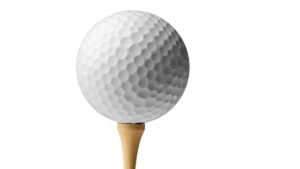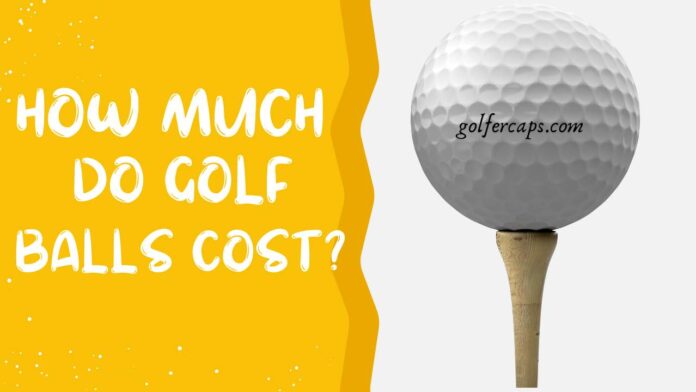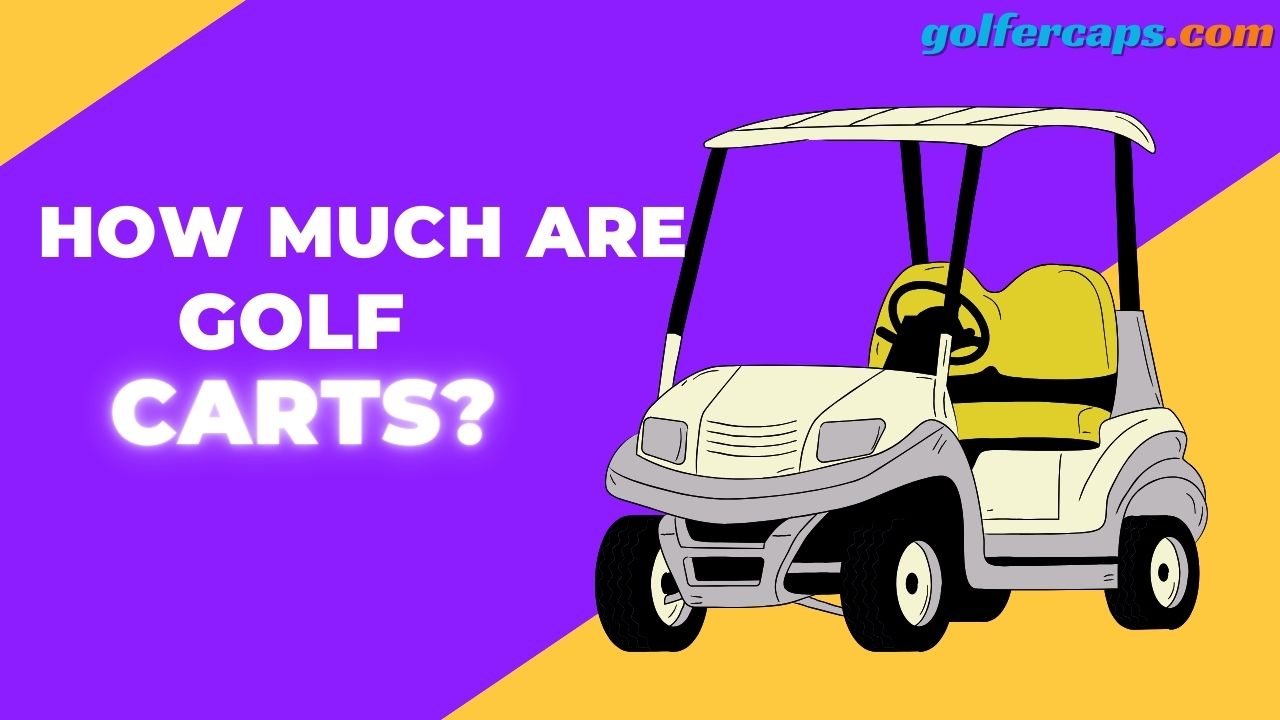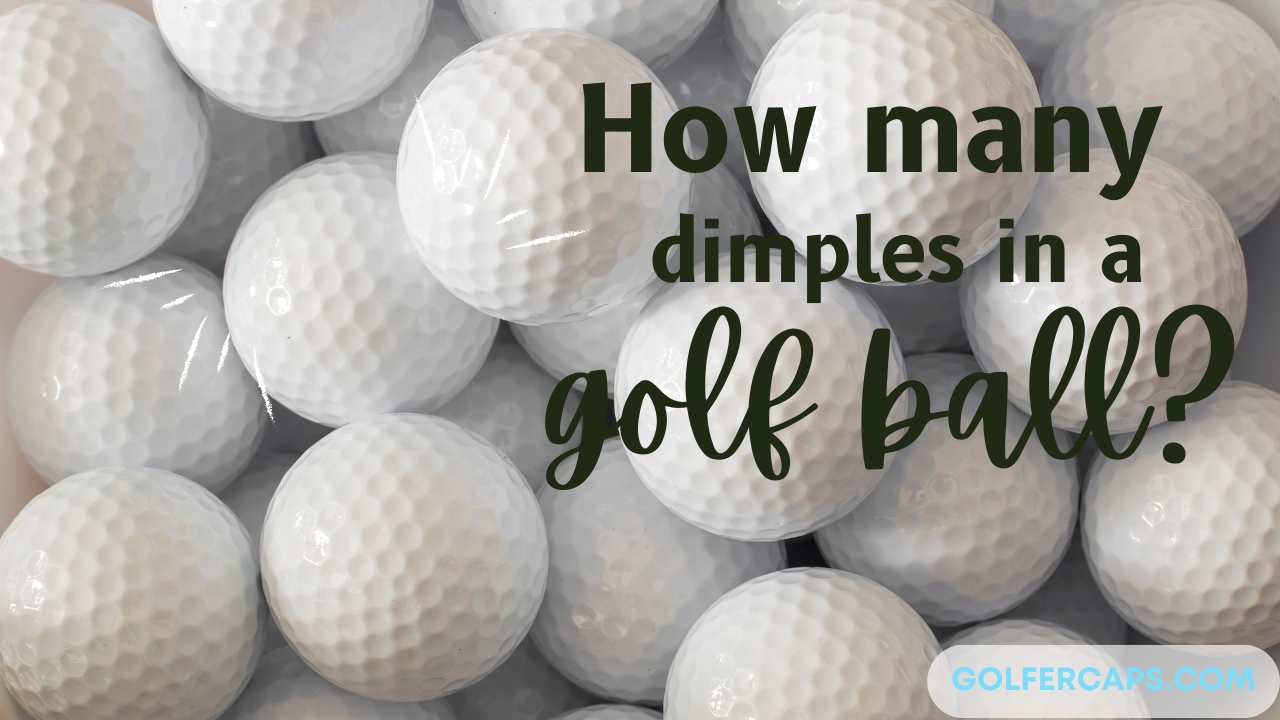Golf, a game of precision and finesse, is incomplete without its essential equipment, and among them, golf balls reign supreme. But as with any sport, the cost of equipment can vary widely, leaving many players wondering, “How much do golf balls cost?” Let’s delve into the intricacies of golf ball pricing to find out.
we will explore:
- How Much Do Golf Balls Cost?
- Comparison of Different Brands and Their Prices
- Tips for Saving Money on Golf Balls
Table of Contents
ToggleFactors Affecting Golf Ball Prices
When it comes to the price of golf balls, several factors come into play:
Material: Golf balls are made from various materials, each with its own set of characteristics and performance attributes. The type of material used can significantly impact the price.
Brand: Like in any industry, brand reputation plays a significant role in determining the cost of golf balls. Established brands often command higher prices due to their reputation for quality and performance.
Construction: The construction of a golf ball, including the number of layers and the technology used, can influence its price. Multi-layered balls with advanced features tend to be more expensive.
Design: The design elements of a golf ball, such as dimple pattern and alignment aids, can also affect its price. Balls with innovative designs or customization options may come at a premium.
Compression: Golf balls come in varying levels of compression, which affects their feel and performance. Balls with higher compression ratings often cost more due to their advanced technology.
How Much Do Golf Balls Cost?

The cost of golf balls can vary significantly depending on several factors:
New vs. Used:
-
New Golf Balls:
- Range from $2-$4 per ball for premium brands like Titleist Pro V1s or Callaway Chrome Softs (sold in dozens).
- Can be cheaper for value brands or distance-focused models.
-
Used Golf Balls:
- Significantly cheaper, priced based on condition:
- Mint/Pristine: Around $2-$4 per ball.
- Near Mint: $1-$2 per ball.
- Good: $0.50-$1 per ball.
- Range Balls: Under $0.25 per ball (in bulk).
- Significantly cheaper, priced based on condition:
Brand and Model:
- Premium Brands: Titleist, Callaway, and TaylorMade will cost more than lesser-known brands.
- Performance Features: Balls designed for distance, spin, or soft feel may have different price points.
Here’s a quick breakdown:
- High-end, New: $60-$80 per dozen
- Mid-range, New: $30-$50 per dozen
- Value, New: $20-$30 per dozen
- Used (Good Condition): $10-$20 per dozen
- Used (Range Balls): $5-$10 per dozen
Where to Buy:
- Retailers: Golf Galaxy, Dick’s Sporting Goods, and online stores like Amazon.
- Used Golf Ball Sites: LostGolfBalls.com, Foundgolfballs.com, Rock Bottom Golf.
Tips for Saving Money:
- Buy used balls in good condition.
- Consider value brands or distance-focused models if performance isn’t a top priority.
- Buy in bulk for discounts.
Remember, the best price depends on your needs and preferences.
Read also: How to Mark a Golf Ball?
Average Cost of Golf Balls

Golf balls are available at various price points to cater to different budgets and preferences:
Budget-friendly options: Basic golf balls designed for beginners or casual players can be found at relatively low prices, typically ranging from $10 to $25 for a dozen balls.
Mid-range options: Mid-range golf balls offer a balance of performance and affordability, priced between $25 and $40 per dozen. These balls are suitable for intermediate players looking for quality without breaking the bank.
Premium options: High-end golf balls favored by professional players or serious enthusiasts can cost upwards of $40 per dozen. These balls boast advanced features and superior performance characteristics.
Comparison of Different Brands and Their Prices
Several leading brands dominate the golf ball market, each offering a range of products at varying price points:
1. Titleist
Known for its premium quality and performance, Titleist golf balls are among the most sought-after in the industry. Prices for Titleist balls typically range from $30 to $60 per dozen.
2. Callaway
Callaway offers a diverse lineup of golf balls catering to players of all skill levels. Prices for Callaway balls vary from $20 to $50 per dozen, depending on the model.
3. TaylorMade
TaylorMade golf balls are renowned for their innovative technologies and performance-enhancing features. Prices for TaylorMade balls start at around $25 and can go up to $60 per dozen.
4. Bridgestone
Bridgestone is known for its commitment to research and development, resulting in high-quality golf balls with advanced design and technology. Prices for Bridgestone balls range from $30 to $50 per dozen.
5. Srixon
Srixon offers a range of golf balls designed to deliver exceptional performance and feel. Prices for Srixon balls typically fall between $25 and $45 per dozen.
6. Vice
Vice golf balls are known for their combination of quality and affordability, making them a popular choice among budget-conscious players. Prices for Vice balls start at around $20 per dozen.
Read also: How many dimples in a golf ball
Impact of Golf Ball Prices on Performance

The impact of golf ball prices on performance is a topic of considerable debate among golfers. While it’s tempting to assume that a higher price tag guarantees better performance, the reality is more nuanced. Several factors come into play when assessing how golf ball prices affect performance:
1. Quality of Materials:
Premium golf balls often use higher-quality materials in their construction, such as urethane covers and multi-layered cores. These materials can result in a superior feel, spin control, and distance off the tee. However, advancements in manufacturing technology have made it possible for budget-friendly golf balls to offer similar performance characteristics at a lower price point.
2. Construction and Design:
The construction and design of a golf ball play a significant role in its performance. Premium balls may feature advanced design elements, such as dimple patterns optimized for aerodynamics or alignment aids to assist with putting. While these features can enhance performance, budget-friendly balls may offer sufficient performance for recreational players without the added cost of advanced design elements.
3. Compression and Feel:
Golf balls come in varying levels of compression, which affects their feel and performance. Higher-compression balls tend to be more responsive and provide greater distance, especially for players with faster swing speeds. Premium balls often feature higher compression ratings, but budget-friendly options with lower compression can still offer satisfactory performance for players with moderate swing speeds.
4. Spin and Control:
Spin control is crucial for golfers looking to shape shots and control their trajectory around the course. Premium golf balls typically offer superior spin control, particularly around the greens, thanks to their advanced cover materials and design features. However, budget-friendly balls can still provide adequate spin and control for recreational players, especially those still honing their skills.
5. Consistency and Durability:
Consistency and durability are essential factors in golf ball performance, especially for serious players who demand reliability round after round. Premium balls are often subjected to stricter quality control measures, resulting in more consistent performance from ball to ball. While budget-friendly balls may vary slightly in quality, many still offer durable construction and reliable performance at a lower price.
Read also: How Much Does a Golf Cart Weigh?
Tips for Saving Money on Golf Balls

Saving money on golf balls is a savvy move for any golfer looking to optimize their budget without sacrificing quality. Here are some practical tips to help you save money on your golf ball purchases:
1. Buy in Bulk:
Purchasing golf balls in larger quantities often comes with significant discounts per ball. Look for deals on bulk purchases, especially online or at wholesale retailers. By stocking up on golf balls, you’ll save money in the long run and ensure you always have plenty on hand for your next round.
2. Opt for Refurbished or Recycled Balls:
Refurbished or recycled golf balls offer a cost-effective alternative to brand-new balls without sacrificing performance. These balls undergo a thorough cleaning and reconditioning process to restore their appearance and playability. Many reputable retailers offer refurbished golf balls at a fraction of the cost of new ones, making them an excellent option for budget-conscious golfers.
3. Take Advantage of Discounts and Sales:
Keep an eye out for promotions, discounts, and clearance sales, both online and at brick-and-mortar stores. Many retailers offer seasonal sales, holiday specials, or clearance events where you can score great deals on golf balls. Signing up for newsletters or loyalty programs with your favorite golf retailers can also give you access to exclusive discounts and offers.
4. Consider Alternative Brands:
While popular name brands may have higher price tags, don’t overlook lesser-known or private-label brands. Many smaller brands offer high-quality golf balls at more affordable prices. Take the time to research and test out different brands to find one that offers the performance you need at a price that fits your budget.
5. Try Different Grades of Golf Balls:
Golf balls come in various grades, ranging from premium to budget-friendly options. Consider experimenting with different grades to find the right balance between performance and price. While premium golf balls may offer superior performance characteristics, budget-friendly options can still provide adequate performance for recreational players.
6. Utilize Loyalty Programs and Rewards:
Take advantage of loyalty programs, rewards points, or cashback offers from golf retailers. Many stores offer rewards programs that allow you to earn points on your purchases, which can be redeemed for discounts or free merchandise in the future. By shopping strategically and accumulating rewards, you can save money on your golf ball purchases over time.
Conclusion
In conclusion, the cost of golf balls can vary widely depending on factors such as material, brand, construction, design, and compression. While premium golf balls may offer superior performance, there are plenty of affordable options available for players of all skill levels. By understanding the factors that influence golf ball prices and following savvy shopping tips, players can find the perfect balance between quality and affordability.
FAQs:
- Are expensive golf balls worth the investment? While expensive golf balls may offer advanced features and performance benefits, their value ultimately depends on the individual player’s needs and preferences.
- Can I use cheaper golf balls without sacrificing performance? Yes, many budget-friendly golf balls offer satisfactory performance for recreational players. It’s essential to find the right balance between price and performance.
- How long do golf balls typically last? The lifespan of a golf ball depends on various factors, including frequency of use, playing conditions, and storage methods. On average, golf balls can last anywhere from one to seven rounds of play.
- Are refurbished golf balls as good as new ones? Refurbished golf balls undergo a cleaning and reconditioning process to restore their appearance and performance. While they may not be identical to new balls, they can still offer excellent performance at a lower price.
- Do golf ball prices fluctuate throughout the year? Yes, golf ball prices can fluctuate based on factors such as demand, seasonality, and promotional offers. Keeping an eye on sales and discounts can help players save money on their golf ball purchases.










